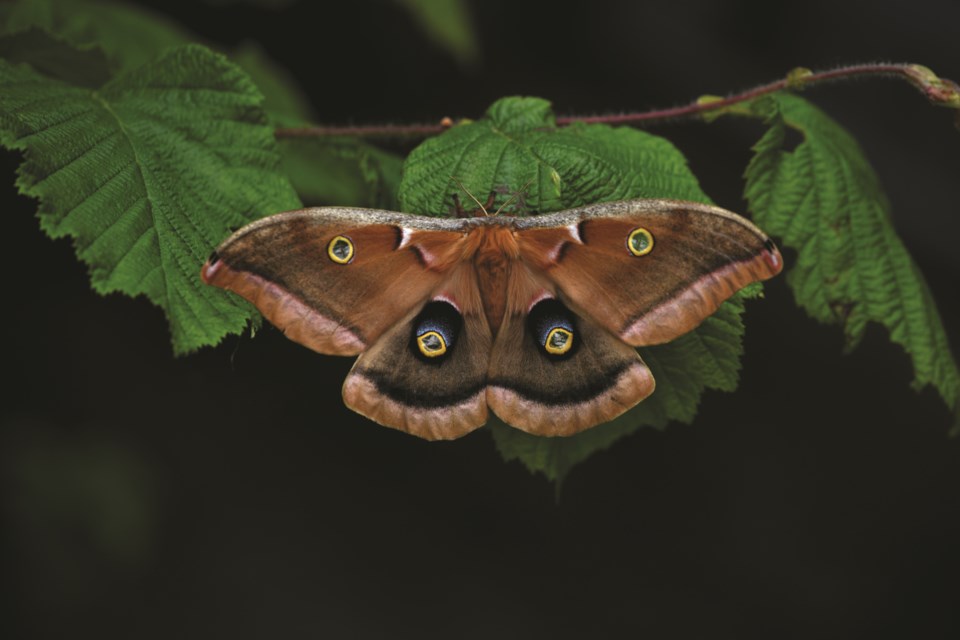Calling all budding botanists, birders, and bug lovers who backpack! Whistler and the whole Sea to Sky has an incredible diversity of species that inhabit the slinking lakesides to the steady creeks that feed them all the way to the alpine where our watersheds meet the sky. For me and many others, exploring the backcountry in summer is something I crave all year long. But who’s out there? What plants, insects, reptiles, mammals, and birds call it home?
While we can read biological surveys, and estimate the flora and fauna assemblage, in reality, the scientists can’t cover all the ground that our collective feet walk over in the T-shirt months. So this summer I challenge you, the backcountry adventurer, to be curious and record a few species whose habitat you’re visiting. You can contribute to our understanding of our local creatures. How? Make submissions to online open data sets like iNaturalist, eBird, and BugGuide that anyone can partake in, which can lead to a fascinating discovery or fill in holes in our collective understanding.
My husband Trevor and I, over the last two summers, have documented nature intensely in the Pemberton Meadows and beyond. According to our iNaturalist records, we’ve documented more than 2,500 species as citizen scientists. Those photos and occasional collections include undescribed species, new records, and valuable photos for the scientific community.
So who should I be on the lookout for?
Are you an interested entomologist in training? Look around ponds and slow-moving streams for the American giant water bug (Lethocerus americanus), a.k.a. “toe biter,” that may or may not haunt your dreams. The large-and-in-charge polyphemus moth (Antheraea polyphemus), which is about the size of a hand, will have you gasping in awe. Or perhaps a rugose stag beetle (Sinodendron rugosum) with its rhinoceros-like horn will have you believing you’re actually in Costa Rica.
Backcountry birder? Range expansions due to climate change are fascinating data points for fieldwork-deprived researchers and bewitched birders. How about the bragging rights from spotting a rarity? Unbeatable!
Or are you looking to photograph something that won’t run away? How about going on a hike for the Dr. Suess-y sugarstick (Allotropa virgata) that uses a fungal intermediate to obtain its nutrients? Or the elusive Mountain Lady’s Slipper (Cypripedium montanum) that will totally snatch your breath away. Try your luck at the oh-so-elegant Hooded Ladies’ Tresses (Spiranthes romanzoffiana) that prefers damp areas. Lastly, anything with the word “harlequin” in it you know is an absolute stunner, so put the Rock Harlequin (Capnoides sempervirens) on your plant hunt list, and thank me later.
Don’t sleep on snakes y’all! The northwestern garter snake (Thamnophis ordinoides) is an overlooked cutie, very similar to the common garter snake (T. sirtalis). Or you could be the one to spot the super rare, sharp-tailed snake (Contia tenuis). Mad props to whoever does.
Of course, I only highlighted a smattering of species, so keep those phones and cameras juiced up and be on the lookout for critters this summer! Happy birding, bugging and observing!
Naturespeak is prepared by the Whistler Naturalists. To learn more about Whistler’s natural world, go to whistlernaturalists.ca.




